You could walk into any classroom, in any Pre-K program, in any state, and find that Center Time is different from one class to the next. Center Time varies widely among Pre-K programs and teachers.
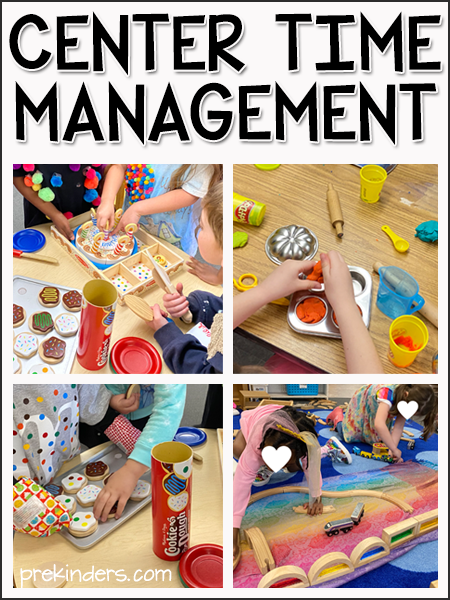
Teachers often email me to ask questions about how I do Center Time, especially around August and September. Questions like… How do I make sure each child goes to every center during the week? How do I make sure children don’t go to the same center every day? How do I limit the number of children in each center? How many centers are open each day?
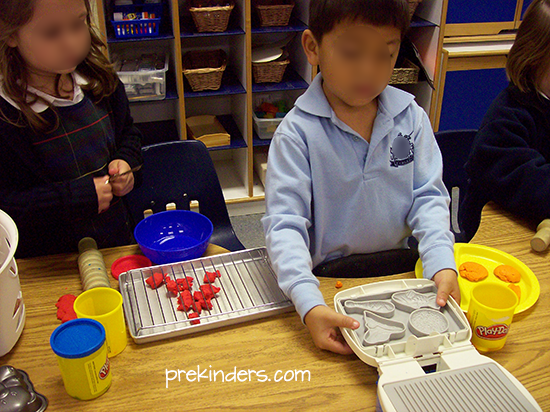
So I thought maybe I should just address it here on the blog. I don’t think there’s any one right or wrong way to do Center Time, but this is how I’ve always done it in both private and public school, with anywhere from 9-22 children, low income children, high income children, active, calm, and everything in between. This is also how I’m required to run Center Time. I teach a 4-5 year old Pre-K class.
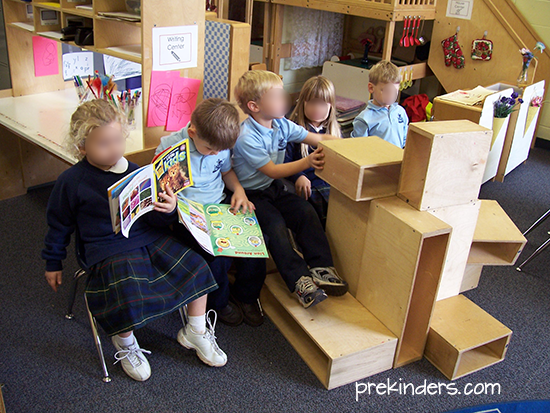
How I Manage Center Time
We have free choice Center Time. I don’t limit kids. I don’t make complex charts to make sure every child goes to every center. All centers are open every day. Our Center Time is child-directed.
Our day in Pre-K has balanced teacher-directed and child-directed times. Large group and small group are teacher-directed times. Outside play and Center Time are child-directed times. It’s important for young children to be able to make choices and to learn how to make their own plans for what they will do. Some Pre-K programs have Small Groups running at the same time as Centers. Our Small Group and Center Times are separate.
We have 11 centers, which you can read more about at the link. All are open and available every day.
Children choose where they want to go. I do not have clip charts or necklaces that children have to wear or hang. When they want to leave a center, they are free to change centers. I do ask them to put away any materials they got out before they move to the next center.
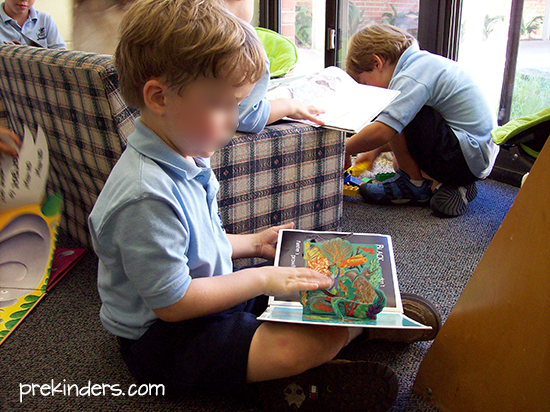
Since we do free choice Centers, it doesn’t matter to me if they don’t go to every center during the week. It doesn’t matter to me if they go to the same center several times. I don’t have any charts or methods of keeping track of where they went. They do learn about and explore all areas (math, fine motor, literacy, science, etc.) during small group time, so they are not missing anything.
I don’t have posters or charts that limit the number of children in the Centers. The Sensory Table is an exception: I do limit that to two children, as that helps limit the amount of sand or water that is thrown or splashed out of it. Other Centers are figure-outable. If there are six chairs at the art table, that means six children can sit there. If there are two art easels, then two children can paint. The Block Center and House Center are open spaces and don’t have any limits, but kids figure it out. If a center gets too crowded, some children choose somewhere else to go. Kids don’t like crowds, and they work this out all by themselves. I’ve been teaching Pre-K for 15 years, and kids always figure it out.
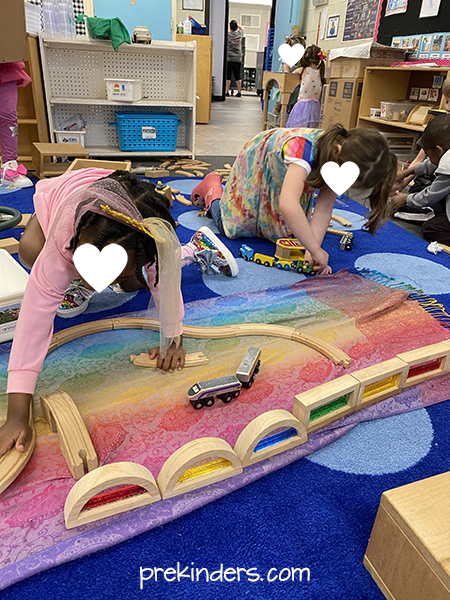
Some teachers have written to me about center management systems where children have to wear a necklace for the center they play in, or have to move clothespins around. Some teachers try keep track of centers the children go to. Some have children stay in each center for 15 minutes and then rotate to another. In my opinion (for what it’s worth), this is micro-managing children, and it’s too much work and stress on the teacher for no good reason. These methods do not allow children to be creative, or learn how to make choices, or learn how to make their own plans. Those center management systems would drive me crazy. That may work for you, but it wouldn’t work for me. I don’t think my students would like it, either.
Our free choice Center Time lasts a full hour.
Do my students make a mess?
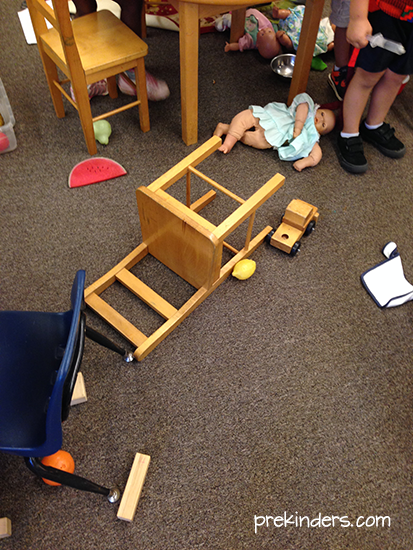
Yes, they do! We talk about it over and over in class meetings: how to clean up before we change centers, how to keep things off the floor. Sometimes they experience the consequences: a toy left on the floor is stepped on and broken.
I do not change center materials every day. I change centers about once a month, as needed, and as interests change. Each center has plenty of materials for children to choose from.
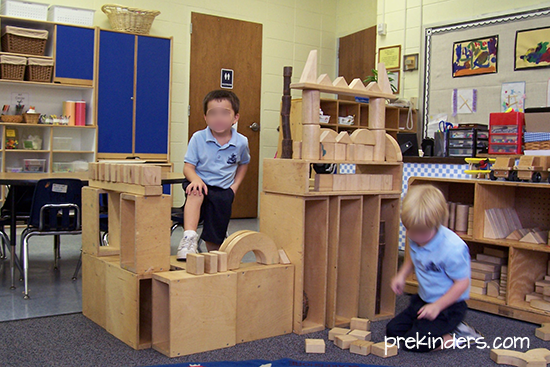
In a classroom with limited space, or if free choice everything doesn’t work for your class, I would recommend placing one or two activities on each center’s table, and then let children choose where they want to go.
Clean Up Time!
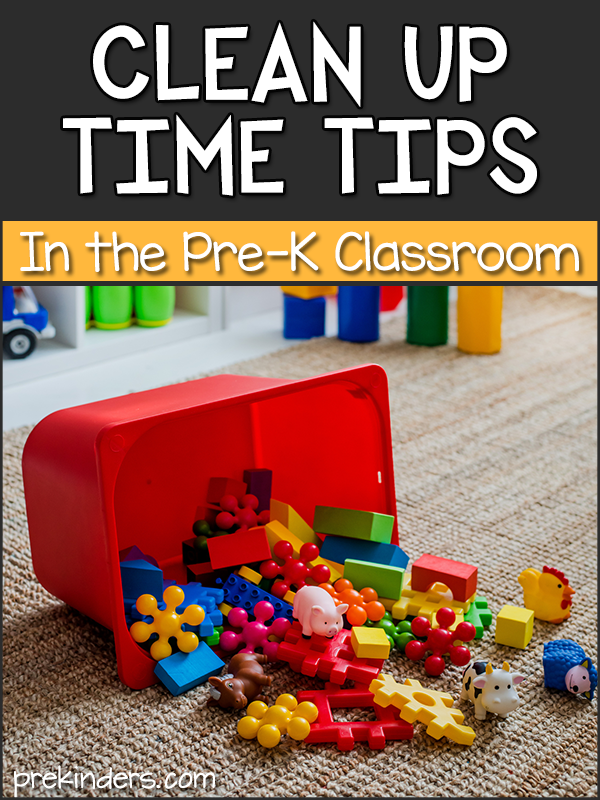
Our clean up song is “Oh My Goodness, Look at This Mess”, by Sweet Honey in the Rock. It’s available through Amazon and iTunes. I’ve been very tempted to change “clean up time” to “pick up time” because too many children want to play with the toy brooms and mops when they need to be picking up and putting things back on shelves. I’ve outlawed all toy brooms and mops at clean up time.
I give a clean up time warning 5 minutes before I turn on the song by flipping off the light for about 3 seconds. One year I tried ringing a bell as our warning signal, but many of the children didn’t hear it, so I’ve found that flipping off the light works better. Once the light goes off, they are not allowed to get out anything new.
What to do about children who won’t clean up? Give them very specific directions. For example, “go pick up the people in the block center” or “go put away the cups in the house center”. Sometimes, I pick up a few things and hand them to a child who tends to wander aimlessly at clean up time. For the really tough cases, I give the child a wet wipe, and tell them they can be a really special helper and wash the tables. For some reason, table washing is the most desirable clean up task of all. Or, better yet, have that child wash the paintbrushes. It sometimes helps to have clean up “experts”. Maybe a certain child enjoys and is very good at straightening the block center or a certain shelf. Also… don’t fall for the old I-suddenly-have-to-potty-every-time-I-hear-the-clean-up-song trick.
Feel free to share the way you do centers in the comments below. Have more questions? Ask away and I’ll edit and add it here.
